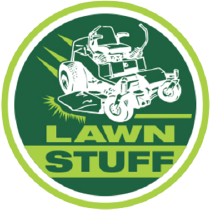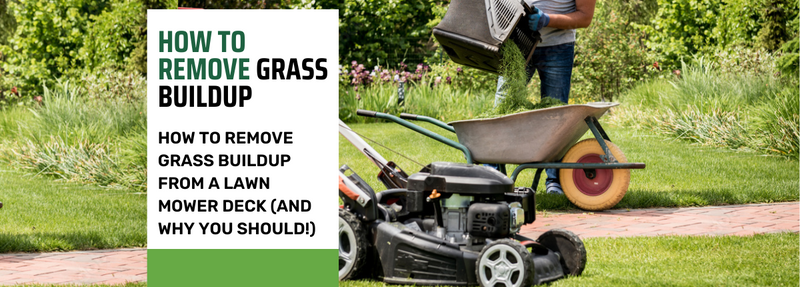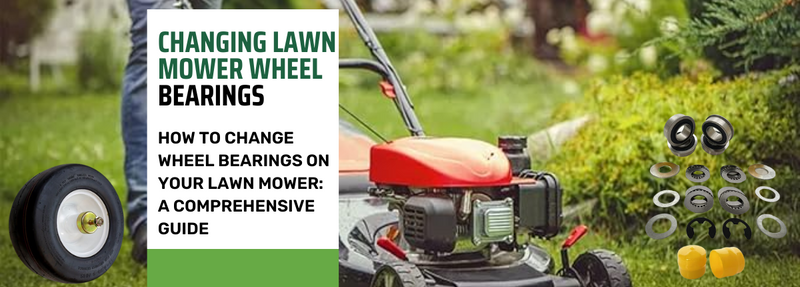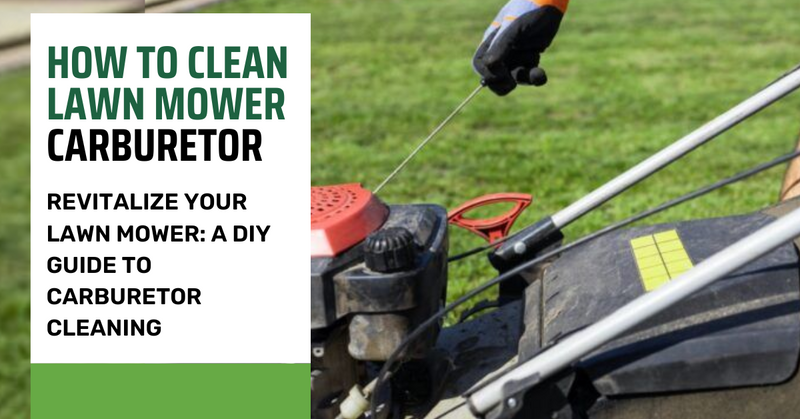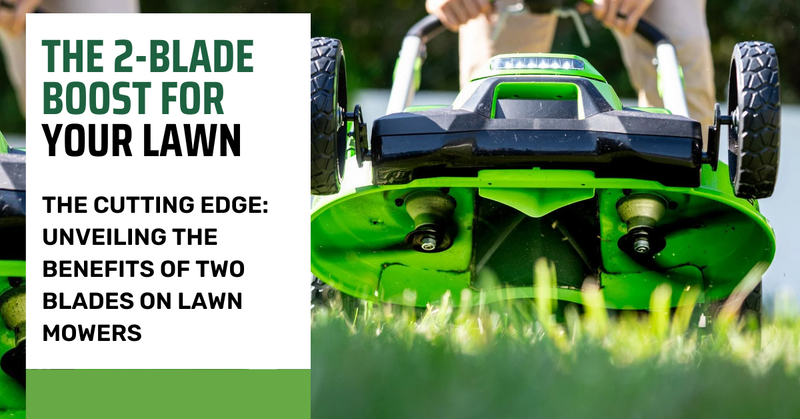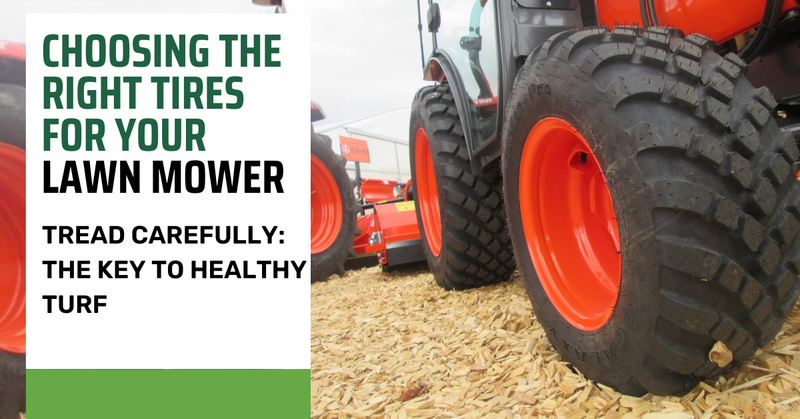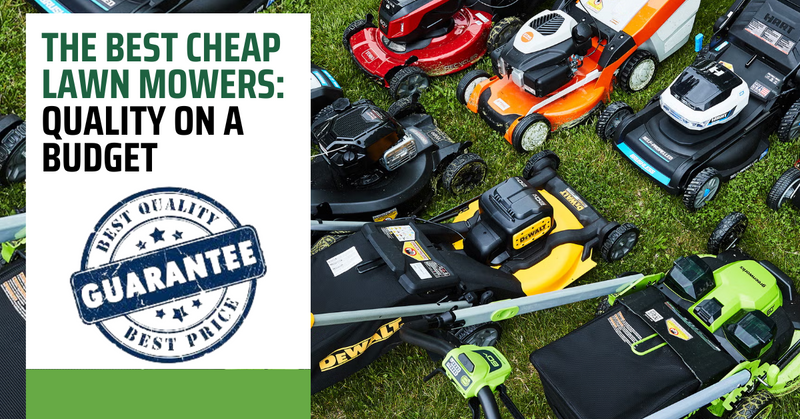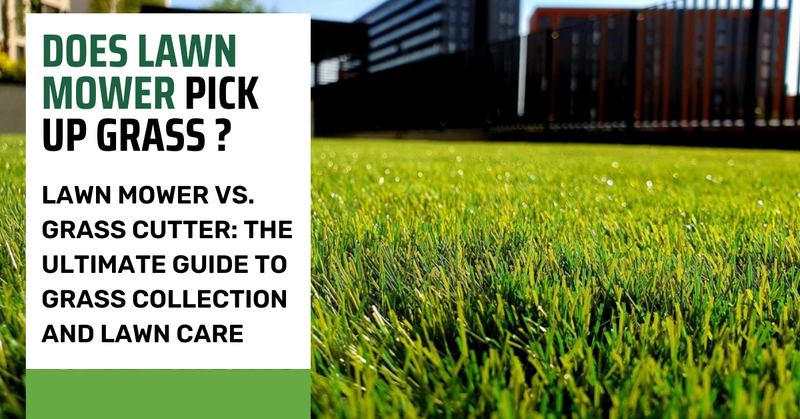

To achieve a vibrant, green yard, homeowners need more than sporadic mowing; they require a meticulous approach to lawn care and landscaping. This comprehensive guide unravels the intricacies of maintaining a pristine lawn, exploring the nuances of landscaping, comparing tools, and offering insights into budget-friendly practices. Let's dive into the world of lawn care and landscaping, ensuring your outdoor space thrives throughout the seasons.
Table of Contents:[hide]
1. Understanding Lawn Care
Maintaining a well-groomed lawn goes beyond employing a universal approach; it necessitates a nuanced equilibrium among the vitality of your grass, the synchronization of diverse tasks, and the comprehensive welfare of your outdoor environment. Let's explore further into pivotal facets of adept lawn care
Mowing Techniques
- Adjusting the Mower Height: Different grass types thrive at varying heights. Set your mower height accordingly to avoid the "scalping" effect that weakens the turf.
- Timing is Everything: Mow when the grass reaches one-third higher than the recommended height. This ensures you're not cutting off too much at once, promoting a healthier lawn.
Watering Guidelines
- Deep, Infrequent Watering: To encourage deep root growth, water your lawn deeply but infrequently. This helps the grass withstand periods of stress and drought.
- Morning Watering: Water your lawn in the morning to minimize evaporation and give the grass blades ample time to dry before evening, reducing the risk of diseases.
Fertilization Schedule
- Tailored Fertilization: Develop a fertilization plan based on your lawn's specific needs. Utilize a mix of organic and synthetic fertilizers to provide essential nutrients for robust growth.
- Seasonal Adjustments: Adjust your fertilization schedule based on the seasons. Consider a balanced fertilizer in spring and a higher nitrogen mix in the fall to support root development.
Weed Control Strategies
- Vigilant Inspection: Regularly inspect your lawn for weeds and address them promptly. Use herbicides selectively to target specific weed types without harming your grass.
- Cultural Practices: Implement cultural practices like overseeding and maintaining proper lawn density to naturally suppress weed growth
2. Exploring Landscaping
Landscaping is the artistic side of outdoor maintenance, transforming your space into a visually appealing and functional haven. Consider the following elements when enhancing your landscape
Plant Selection
- Climate Considerations: Choose plants that thrive in your climate and soil conditions. Research local native plants for a low-maintenance and environmentally friendly landscape.
- Seasonal Interest: Incorporate a mix of perennials and annuals for year-round visual interest. Plan your plantings to ensure a continuous display of colors and textures.
Hardscape Features
- Purposeful Design: Integrate hardscape elements like pathways, patios, and decorative stones to add structure and functionality to your landscape. Ensure these features complement the overall design.
- Material Selection: Choose durable materials that withstand the elements. Consider the aesthetics but prioritize longevity to reduce maintenance costs.
Proper Pruning
- Healthier Growth: Regular pruning not only maintains the shape and size of plants but also promotes healthier growth. Remove dead or overgrown branches to enhance the overall aesthetic.
- Timing Matters: Prune deciduous trees and shrubs during the dormant season and flowering plants after they bloom. Avoid heavy pruning during hot summer months to minimize stress on the plants.
3. Comparing Equipment and Tools
comparing equipment and tools is crucial for efficient lawn care and landscaping. Understand the options available and choose wisely:
Lawn Mower Types
- Walk-Behind vs. Ride-On: Consider factors such as yard size, terrain, and personal preferences when choosing between walk-behind and ride-on mowers. Each type has its advantages, so choose based on your specific needs.
- Blade Maintenance: Regularly clean and sharpen mower blades to ensure a clean cut. Dull blades can damage the grass, making it more susceptible to various issues.
Reel Mower Considerations:
- Professional Sharpening: For owners of reel mowers with multiple blades mounted to a cylinder, professional sharpening is recommended. Visit a reputable lawn mower repair shop for this task.
4. Budgeting for Lawn Care and Landscaping
Effective budgeting is very important for maintaining a beautiful lawn and captivating landscape without breaking the bank. Consider the following tips:
DIY vs. Professional Services:
- Evaluate Tasks: Determine which tasks you can handle yourself, such as basic lawn maintenance, to save on costs. For specialized services like tree removal or major landscaping projects, consult professionals.
- Seasonal Planning: Plan your lawn care and landscaping activities based on the seasons. Take advantage of off-season sales for equipment and materials.
Long-Term Investments:
- Efficient Irrigation Systems: Consider long-term investments like efficient irrigation systems to conserve water and promote healthy grass growth. Smart irrigation controllers can adjust watering schedules based on weather conditions.
- Durable Lawn Mower Tires: Invest in quality lawn mower tires to ensure better traction and durability. Upgrading to premium tires can provide a smoother ride and reduce the risk of damage to your lawn.
5. Wrapping up
Achieving a well-maintained lawn and captivating landscape requires a combination of proper care, thoughtful landscaping, and the right tools. By understanding the nuances of lawn care, exploring creative landscaping ideas, comparing equipment options, and budgeting wisely, homeowners can create an outdoor space that brings joy and beauty throughout the seasons.
FAQs
Q: How often should I mow my lawn for optimal health?
A: Explore our in-depth guide on lawn mowing frequency for expert advice tailored to your lawn's specific needs. Understand the science behind mowing and how it contributes to the overall health and aesthetics of your lawn.
Q: What type of mower tires should I choose?
A: Find the answer in our comprehensive post on choosing the right mower tires. Additionally, gain insights into the world of turf tires in our article on turf tires, ensuring you make informed decisions when it comes to your lawn maintenance equipment.
Q: What type of mower tires should I choose?
A: Choosing the right tires is like picking the perfect shoes for your mower. we spill the details on turf tires in our article on turf tires. Let's keep your mower rolling in style!
Q: Are synthetic fertilizers safe for the environment?
A: While synthetic fertilizers can provide quick nutrients to the soil, excessive use may lead to environmental issues. Consider organic alternatives for a more sustainable approach.
